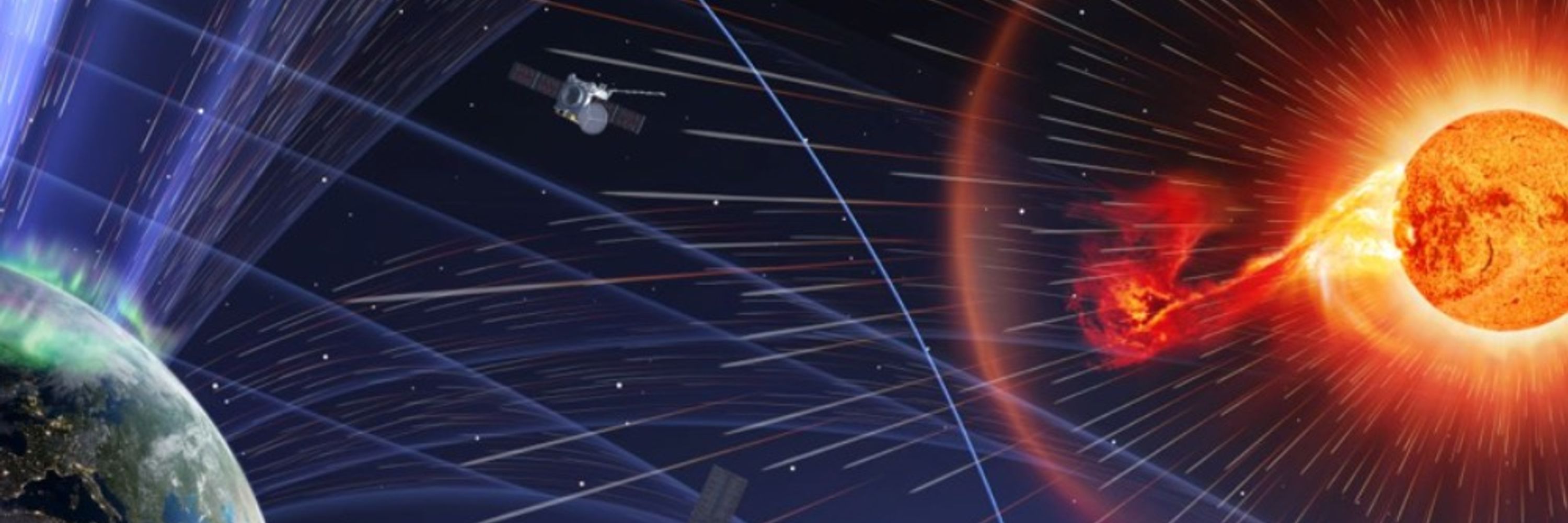
Christian Möstl
@chrisoutofspace.bsky.social
820 followers
660 following
89 posts
Heliophysicist | Head, Austrian Space Weather Office @aswogeosphere.bsky.social | GeoSphere Austria https://geosphere.at/en/topics/disaster-protection/space-weather |☀️💥💨🌍 | erc.europa.eu HELIO4CAST | http://helioforecast.space | he / him
Posts
Media
Videos
Starter Packs
Reposted by Christian Möstl
Some moons 🌕 orbiting Jupiter and Saturn 🪐 host vast oceans 🌊 buried beneath kilometres of ice 🧊.
These hidden seas are promising environments for hosting extraterrestrial life!
Stéphanie Cazaux will investigate them 👉 buff.ly/JIILCVU
#ERCAdG #FrontierResearch Delft University of Technology
These hidden seas are promising environments for hosting extraterrestrial life!
Stéphanie Cazaux will investigate them 👉 buff.ly/JIILCVU
#ERCAdG #FrontierResearch Delft University of Technology

Reposted by Christian Möstl












































